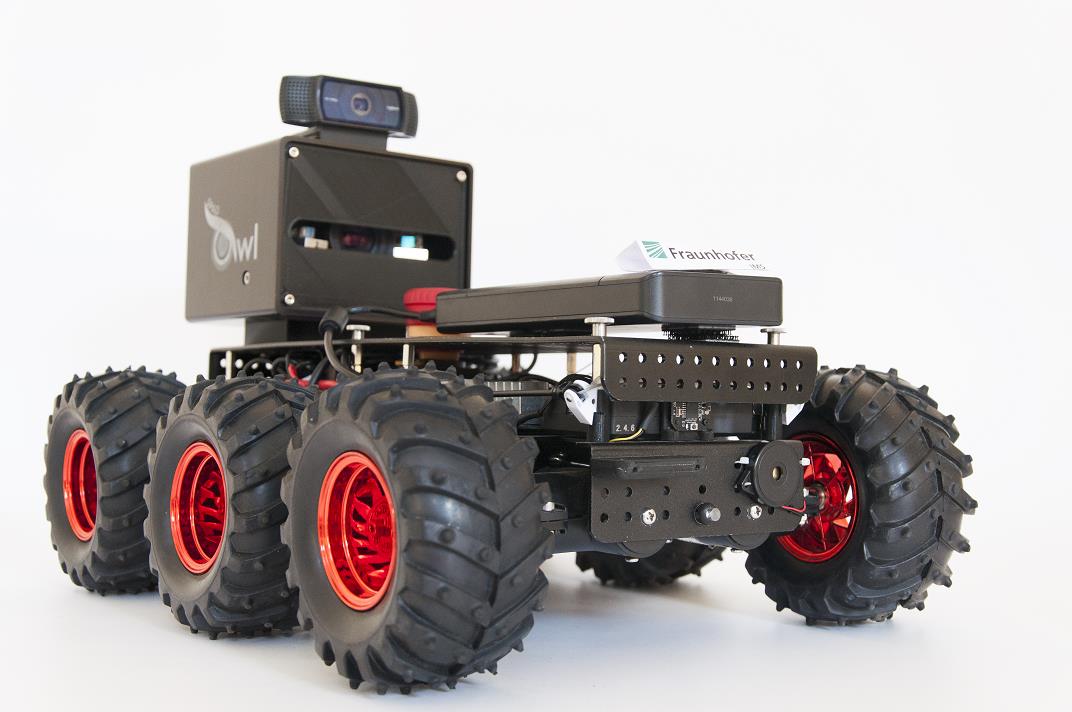Powerful image sensors for a wide range of applications

Unlike the large semiconductor manufacturers, Fraunhofer IMS does not address mass markets such as smartphone cameras or computers, but rather niche markets. Fraunhofer IMS's customer- and application-specific solutions tend to serve areas for which off-the-shelf sensors are not available. The special challenges concern, for example, the sensitivity, the speed or a special geometry of the pixel matrix. Image sensors with high sensitivity and time resolution are used in a wide range of applications from autonomous driving to quantum technologies.
In the area of Time-of-Flight (ToF) and LiDAR, Fraunhofer IMS develops sensors for a wide variety of markets. ToF sensors with large pixel numbers are used for gesture control or production monitoring. LiDAR sensors based on the CSPAD technology enable large ranges in 3D acquisition and are therefore used in ADAS and automated driving , but also in logistics and robotics. Here the built-in safety functions (security and safety) often play a decisive role.
Fraunhofer IMS develops various detectors for space applications. CSPAD-based LiDAR sensors support maneuvers during docking or repairs of spacecraft and satellites. A specially developed CMOS-CCD technology is increasingly replacing the proven but "dying out" CCD technology for earth observation applications. The TDI (Time-Delay-Integration) method required for this cannot be realized with standard CMOS sensors. Here, Fraunhofer IMS has a unique technological feature.
CSPAD technology also offers great potential in areas where maximum detection sensitivity is required. In the field of biophotonics, fluorescence signals are registered by a few photons - sometimes even time resolved. Quantum imaging requires the detection of small numbers of entangled photons in very short time windows with spatial resolution. CSPAD arrays are also excellently suited for this purpose.
SPAD arrays in the form of silicon photomultipliers (SiPM) are used in many fields: from medicine (positron emission tomography, PET) to particle physics. The integration in CMOS technology offers many new design possibilities.
